Most of us especially those who are not really so much car enthusiasts may only be familiar with the annual or bi-annual preventive maintenance schedule where a regular checkup is done alongside with tune up and change oil, spark plug replacement among others.
But besides the regular maintenance you can actually ask for a multi-point inspection from your car service provider.
So what’s this multi-point car inspection all about? If you ask for a multi-point inspection, your mechanic will do both visual inspection and thorough tests on your car’s critical systems.
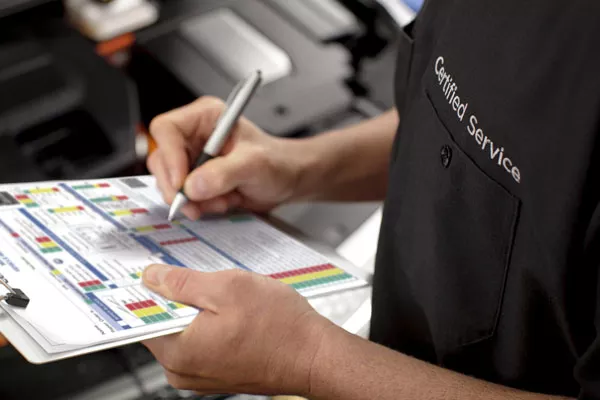
An MPI or Multi Point Inspection is done to make sure that all major important parts of your car are normal and in good condition
A car owner will be given an MPI form that details the things that will be checked by the mechanic and they will also indicate which of the components in the list are still in good condition, which needs to be serviced in the near future and which needs to me attended to immediately – marked in green, yellow and red circles or boxes accordingly.
As a car owner, you should expect a good and detailed inspection of your vehicle that will also help you know if there’s something wrong that needs to be repaired or replaced right away to avoid further serious damage.
I. What Parts or Areas of the Car Are Covered in MPI?
There are several car parts that are covered and checked during a multi-point inspection and they are classified in four different categories. Let Philkotse.com show you all of them, one by one:
1. Brake, Tires and Alignment
To make sure that all the passengers in the vehicle is in safe hands, the mechanic will inspect these three important aspects very carefully.
They need to know if all the tires have the correct pressure, tread depth or if any of them already has damage. They will also check the front and rear brake pads, rotors, hoses, calipers among other related things. They need to make sure that each of these parts isn’t faulty at all to ensure that safety is not compromised.
>>> Read more:
- Car Tire Pressure Facts for a Safe Driving Experience
- Do you know this clever trick using a P1 coin to check your car’s tread depth?
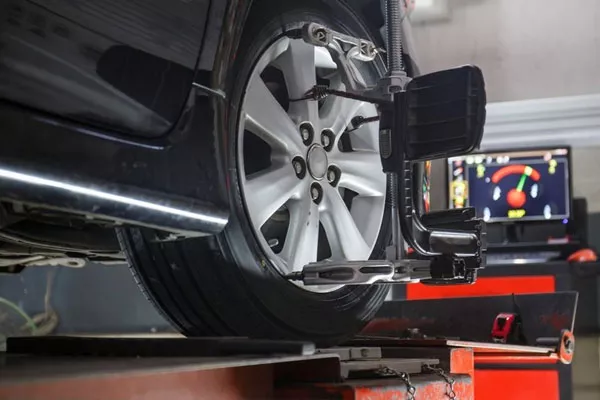
Brakes, Tires and Wheel Alignment needs to be done to ensure the car's safety on the road
These are the parts that will be checked under this category:
- Front Brakes
- Rear Brakes
- Alignment
- Front Tire Depth
- Rear Tire Depth
- Tire Pressure
2. Interior and Exterior
Checking of components on outside surface and inside the car. This inspection includes checking of the following parts:
- Headlights/Taillights/Turn Signals/Brake Lights/Hazard Warning Lights
- Front Wiper Blades
- Rear Wiper Blades
- Floor Mats
- Emergency Brake Adjustment
- Horn Operation
- Cabin Air Filter
- Clutch Operation
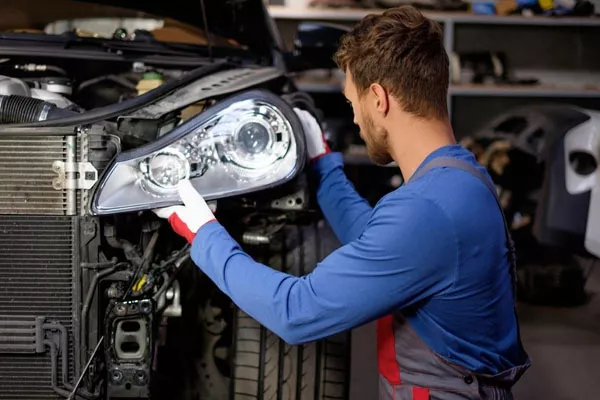
One of the exterior car parts being inspected in this category are the headlights
3. Under Vehicle Inspection
This involves thorough check of parts on the car’s underbody that include:
- Front Shock Abosrbers/Suspension
- Rear Shock Absorbers/Suspension
- Power Steering, Hoses, Ball Joints & Dust Covers
- Muffler, exhaust pipes and mountings
- Engine oil and other fluid leaks
- Shafts and U-Joints
- Transmission
- Fuel lines and connectors
- Nuts and Bolts
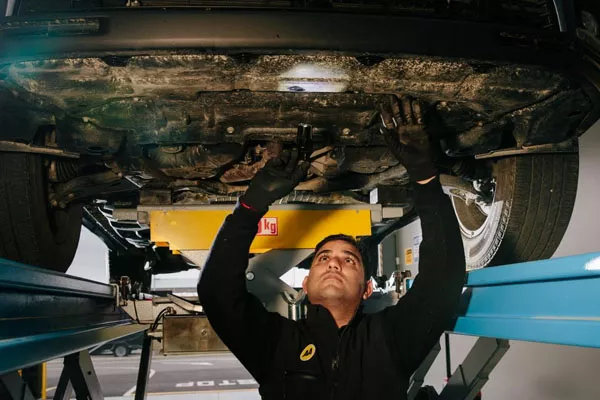
One of the important things to check is the underbody of your car
4. Under Hood
This includes a thorough inspection of the car’s engine for any leaks or malfunction:
- The parts involved in this inspection are:
- Fluid levels
- Engine air filter
- Drive belts
- Coolant
- Hoses
- Radiator and battery condition
- Battery service
These are the examples of what you will be expecting should you decide to go through a Multi-Point Car Inspection via your car’s service center or your preferred auto shop/mechanic. You can do this alongside your scheduled maintenance to hit two birds with one stone.
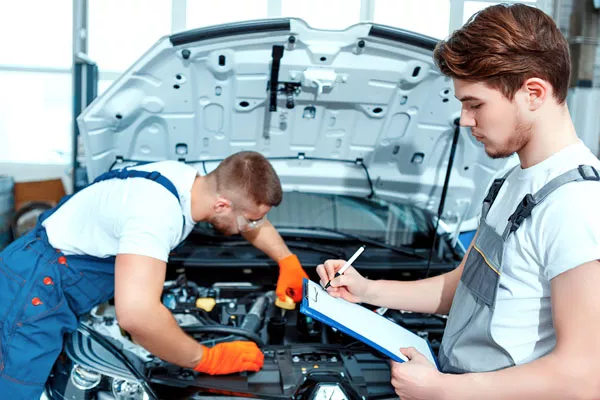
MPI includes a thorough check of under the hood components to ensure that everything works properly
However, in case you may have forgotten about this since we are all used to the usual scheduled PMS, you can either do it some other time with your auto shop or you can do a multi-point inspection yourself. Yes, you can DIY it too!
Should you choose the DIY multi point inspection, we suggest you go through the following seven important areas to ensure that your vehicle is still in good, running condition or if you have some things that you need to pay attention to right away or in the near future.
II. 7 Important Things You Need to Check During a DIY Multi-Point Inspection
1. Fluid Levels
Park your car in a totally flat, levelled ground then check the fluid levels in your car’s engine.
These fluids include: engine coolant, engine oil, brake fluid, radiator fluid, transmission fluid, power steering fluid, air conditioning coolant and windshield wiper fluid. This is to ensure that you won’t have any car trouble and that your vehicle would be running alright.
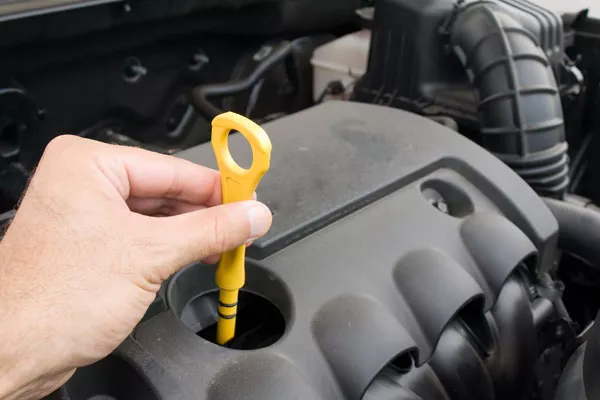
It is important to check all fluid levels of your car to make sure that you don't run out of necessary car fluids
2. Battery
All you have to do is check if any parts of the battery have signs of corrosion and if the battery clamps are securely fastened. Other than that, there may not be too much signs of potential battery failure, until you experience difficulty in starting up your engine or your car breaks down on the road.
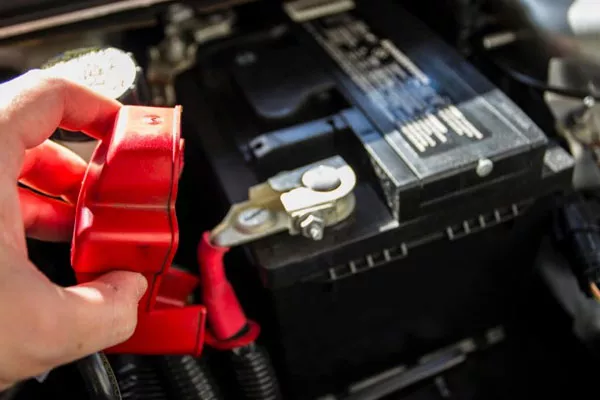
Checking the battery can save you from car breakdowns
3. Lights
You should check if all your car lights such as headlights, taillights, turn signal lights, brake lights and hazard warning Lights are functioning properly.If one of them has a faulty bulb, which can potential compromise your safety, replace or have it replaced right away.
4. Tires
It is extremely important that your car tires are not flat, or are not soft at any point during your journey as it may result to accident. Check your tires for any holes, or if they have the correct pressure in them to make sure that it’ll be able to carry the weight of your vehicle properly and carry you through to your next destination safely.
5. Brakes
Speaking of tires, you’d also need to check the brakes. You need to make sure that they aren’t worn out and should be able to keep a good grip when applied and hold your car to a proper halt.
Faulty brakes can lead you to dangerous accidents so once you find out that they’re faulty, have them further inspected by a mechanic.
6. Wiper Blades
This is important to check too because your vision inside your car will depend on how clear your windshield can get.
If you have a faulty wiper blade, which doesn’t help anymore when you try to clean your windshield, it’s definitely a sign to have it replaced right away to avoid accidents especially during rainy season.
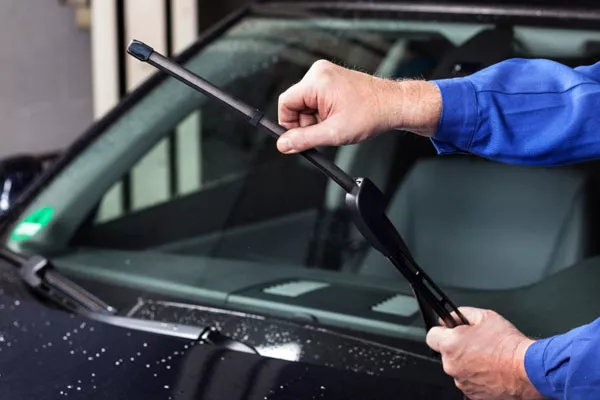
Checking your wiper blades can assure you that you'll have a clear vision during your journey especially when it rains
7. Air Conditioning System
This is one of the main things in terms of everybody’s comfort inside the vehicle. When you feel that the air conditioning is not working properly, have it checked right away to avoid further damage in the cooling system of your car.
Saves you from spending a lot more if left unattended plus saves you from the heat too.
>>> Read more tips to maintain your car's AC system properly:
- 5 bad habits to discard when using car aircon system
- 4 most common car air conditioning problems & How to fix them
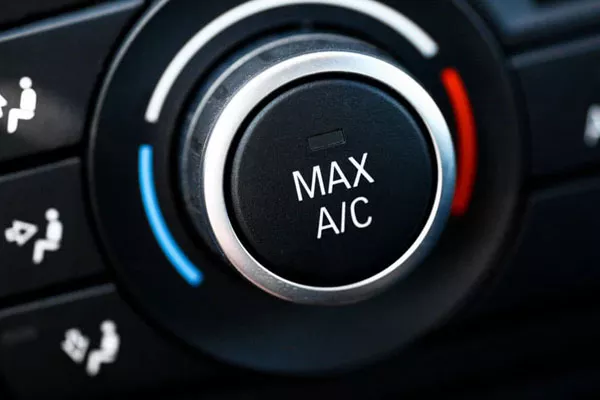
To ensure comfortable journey, make sure that your car's air conditioning system is working normally
Whichever way you want to do the multi-point inspection, either by a professional mechanic or yourself, by doing it you are actually taking good care of your vehicle and at the same time keeping the safety and comfort of yourself and your family while using your vehicle.
>>> Click here to get more helpful tips and advice for your car maintenance












